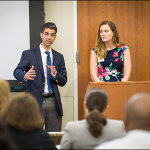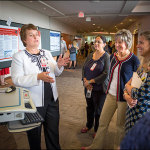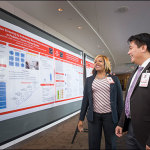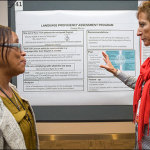Be on the lookout, Texas Children’s team members – an executive could be visiting your area soon to hear directly from you about how to build on our culture of quality, safety and experience.
In February, an initial Culture Rounds pilot took place at the Medical Center Campus on 9 West Tower (WT). This pilot proved successful and generated a wealth of feedback that led to the expansion of Culture Rounds, now including additional units and departments across the organization. The second pilot will begin on March 16.
Culture rounding is an evidence-based best practice enabling leaders to more closely engage with our employees, patients and their families while cultivating relationships and driving the prioritization of quality, safety and experience. Executives want to gather your thoughts to identify and address opportunities for improvement.
Assistant Vice Presidents Tarra Kerr and Paige Schulz are leading the effort, which aligns with the goal to listen to and learn from our team members’ voices as we build Texas Children’s tomorrow, together. In an additional show of commitment, Texas Children’s is also designating 2-3 p.m. every Wednesday as protected time for culture rounding.
“Hearing what’s on the minds of our employees and our patients can only make Texas Children’s better, and that’s our main objective in making the Executive Culture Rounds,” said Kerr. “We’ve already been able to act on feedback received in our first pilot and we look forward to hearing more every week about what we can do to make Texas Children’s an even better place to work and receive care.”
For the pilot program at 9WT, four teams rounded on the unit weekly for a total of four weeks. Each team consisted of two executives and one scribe who partnered with our team members and patient families to make a positive impact on safety, quality and experience.
For the second pilot that starts this month, 16 teams will make rounds for a total of 12 weeks, ultimately covering 32 different areas. Each team will be assigned to visit 1-2 care locations for the duration of the pilot period, which will allow for relationships to form and provide an opportunity to actively track the resolution of any identified issues.
For more information on executive culture rounds and quality, safety and patient experience, contact Quality Specialist Kandice Bledsaw via e-mail.


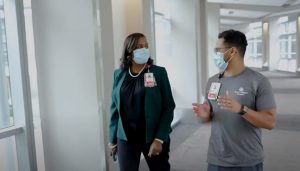
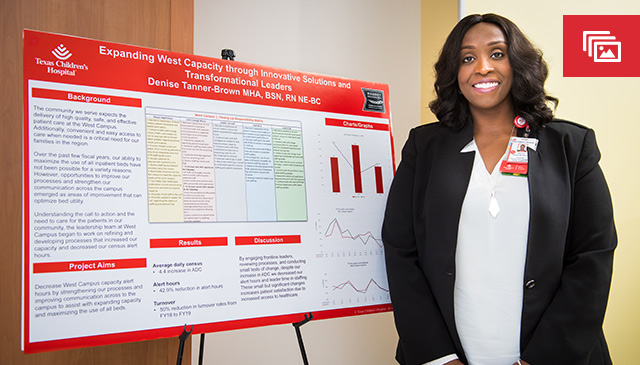
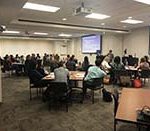
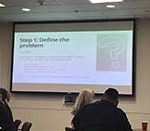



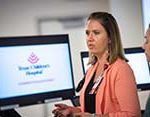




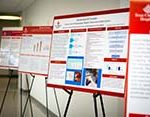
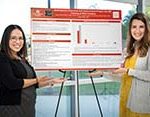
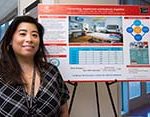

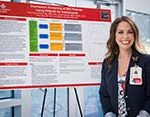
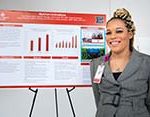
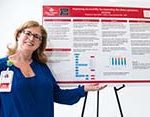
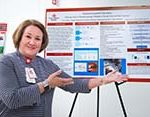
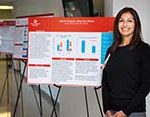
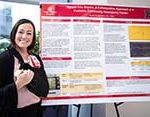

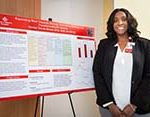
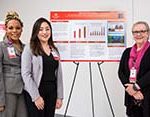


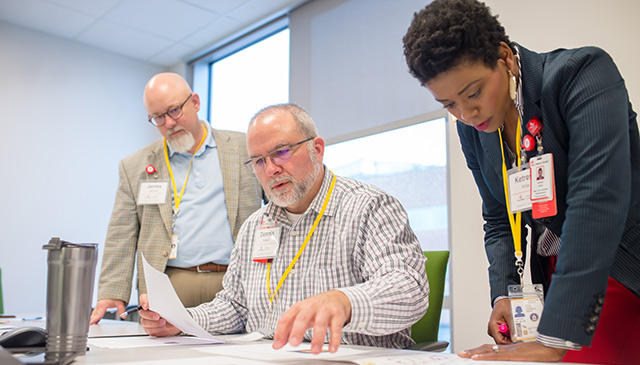
 As a health care system, Texas Children’s believes that a critical component to offering outstanding clinical care is measuring the results of the care we deliver and doing our best to provide our patients and families with the safest environment possible.
As a health care system, Texas Children’s believes that a critical component to offering outstanding clinical care is measuring the results of the care we deliver and doing our best to provide our patients and families with the safest environment possible.


